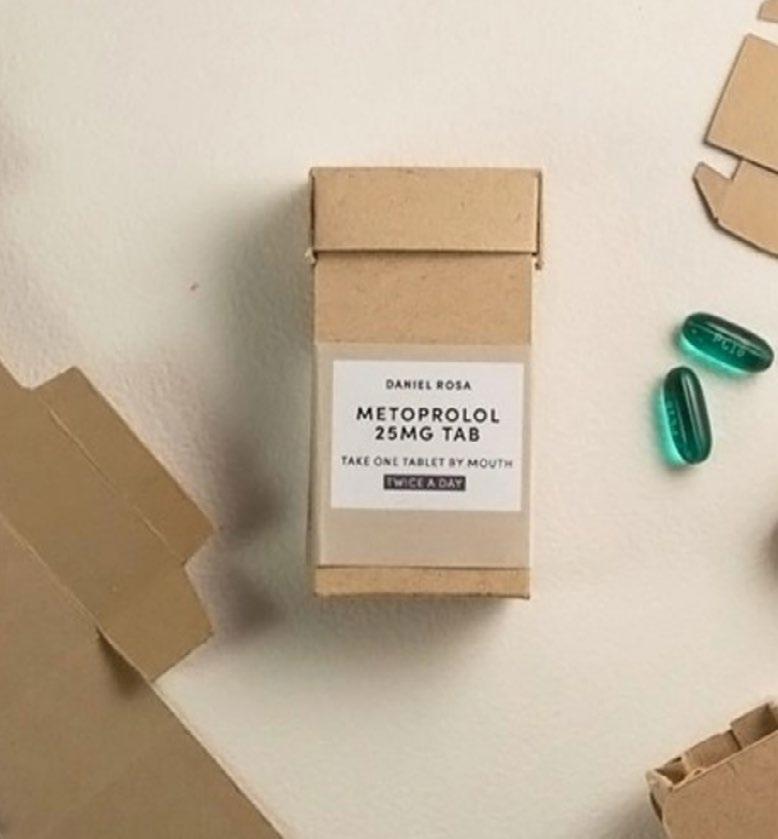Designing for sustainable packaging By Alison Bryant, Communications Director Healthcare Plastics Recycling Council
With pressure from customers, investors and society, it is not always easy to set the right targets and to keep control over activities that will drive companies to a sustainable future.
other design and manufacturing requirements. Medical device
and packaging designers and
engineers should prioritise product performance and functionality,
sterility, efficacy, safety, and ease of use when there is a conflict
between these requirements and the ability to recycle.
These guidelines are also considerate of the new
opportunities presented with Design guidelines
While the most critical requirement for all medical applications
is patient safety and product
efficacy, design considerations to improve recovery and recycling of healthcare plastics are also
important. The Healthcare Plastics Recycling Council has developed design guidelines based on
multiple pilot studies and input he global market for
from industry experts, including
packaging was £14.6
packaging designers, healthcare
plastic healthcare
resin manufacturers, device and
billion in 2020, and market
sustainability professionals, and
analysts project that it will grow
recycling experts.
2025. While healthcare plastics
These guidelines concentrate on
market by volume, this is not an
consider the broader context of
when most of it is clean, non-
operations and protocols, overall
by 5%+ annually to £18.8 billion by
business requirements and many
only make up 6% of the global
the context of recyclability, but also
insignificant amount, especially
functional requirements, hospital
infectious material heading straight to landfill.
There are a number of reasons
why healthcare plastics are not
being recycled more widely and
the rapidly growing advanced recycling industry. Healthcare
plastics are well suited and can be a valuable feedstock for
advanced recycling. Because
of the increased environmental impacts associated with
advanced recycling compared to mechanical recycling, advanced recycling is a complementary
solution to mechanical recycling. These design guidelines are
focused on enabling mechanical recycling first, with advanced
recycling as a secondary and complementary solution.
Desirable design practices for healthcare plastics •
Design with mono-material
•
Use polyolefin seals or gaskets
•
•
•
design and manufacturing
•
recycling.
•
through product use, disposal and
24.
packagingbirmingham.com | packaging-london.com
Combine chemically compatible or jointly
materials are required.
Use materials easily separated during automated recycling
processes, if multiple materials
plastics at every point along
the value chain – from product
on polypropylene bottles.
processable plastics, if multiple
consistently. The reality is there are barriers to recycling healthcare
whenever possible.
are required.
Use breathable plastics as alternative to paper.
Minimise paper labels and components.
Use water-based adhesives.

















